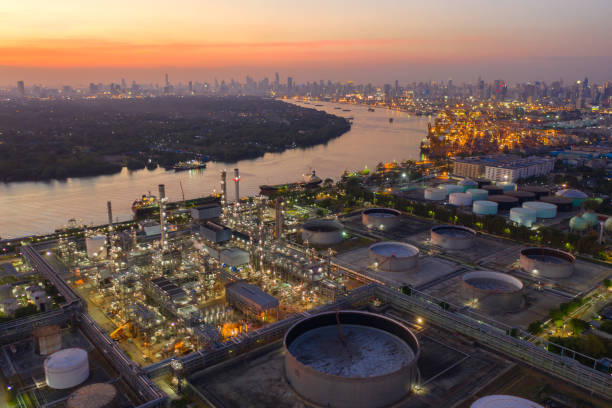🏜️ Discovery of Massive Oil Reserves Beneath the Desert Sands
In the decades following World War I, as colonial borders were hastily drawn and empires jostled for dominance, a deeper transformation was taking place beneath the surface—the discovery of massive oil reserves across the Middle East. What had once been dismissed as endless stretches of sand and sun was now revealed to be a buried treasure trove of energy.
From the plains of Iran to the deserts of Saudi Arabia, from the northern hills of Iraq to the coastline of Kuwait, crude oil erupted from the ground, forever altering the fate of the region—and the future of the world. The Middle East was no longer just a strategic land bridge between East and West; it had become the epicenter of global energy.

🛢️ Iraq: The Black Geyser of Kirkuk
The turning point came in 1927, when engineers struck oil at Baba Gurgur, near Kirkuk in northern Iraq. The gusher was so powerful it spewed uncontrollably for days. Backed by the Iraq Petroleum Company (IPC)—a powerful Western consortium—it marked the beginning of Iraq’s transformation into a key node of global oil production. Pipelines, politics, and colonial interests quickly followed.
🕌 Saudi Arabia: A Desert Awakens
In 1933, the Kingdom of Saudi Arabia signed a concession agreement with Standard Oil of California, forming the company that would later become ARAMCO. At first, there was skepticism—no one had confirmed there was oil beneath the kingdom’s sands. But in 1938, at Dammam Well No. 7, oil was found—and found in abundance.
That moment rewrote Saudi Arabia’s destiny. The kingdom would evolve from a tribal monarchy into a pillar of global petroleum power, backed by deep American partnership.
🏛️ Kuwait: Small Nation, Giant Reserves
In the late 1930s, oil companies struck rich reserves beneath Kuwait—a British-protected emirate at the time. Though small in size, the country’s underground wealth was staggering. In the decades to come, Kuwait would become one of the most oil-rich states on Earth, its energy exports funding massive infrastructure and positioning it as a strategic player in regional affairs.
🌍 From Colonial Holdings to Global Leverage
These discoveries of massive oil reserves didn’t just enrich companies—they reshaped empires. The Western powers—Britain, France, and later the United States—moved swiftly to secure oil concessions and strategic partnerships across the region. Pipelines stretched from inland fields to coastal refineries. Tankers sailed daily across the Suez and into the Atlantic. The Middle East was no longer peripheral—it was indispensable.
And the world had learned a new equation: control oil, control influence.
